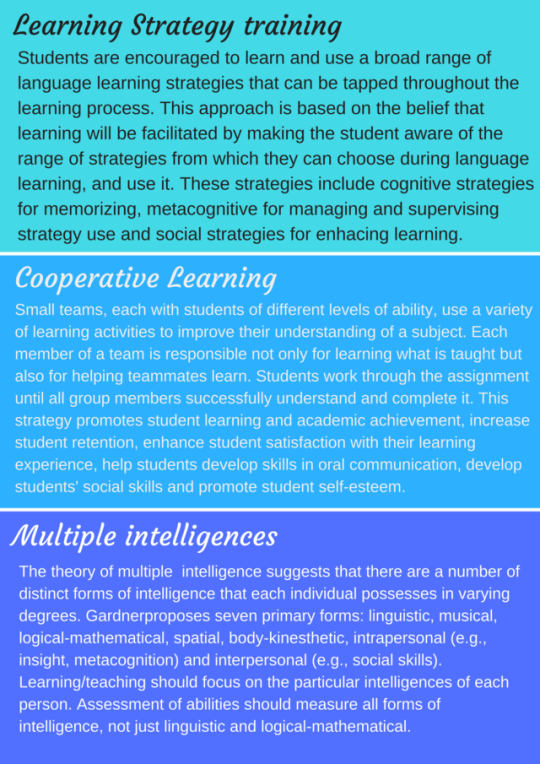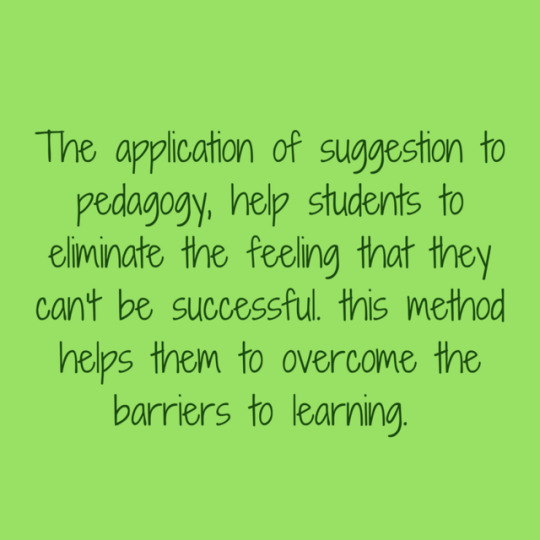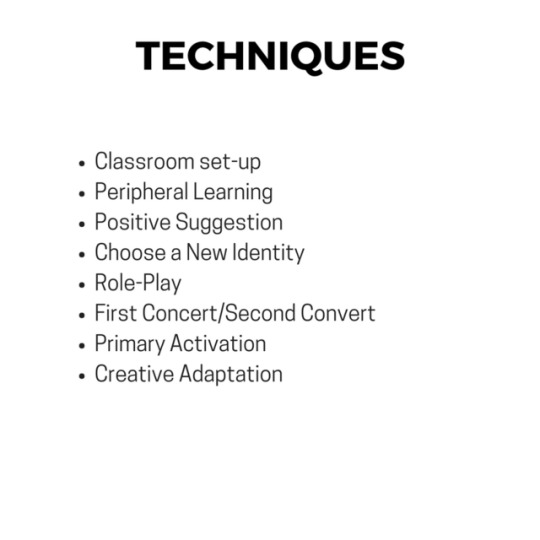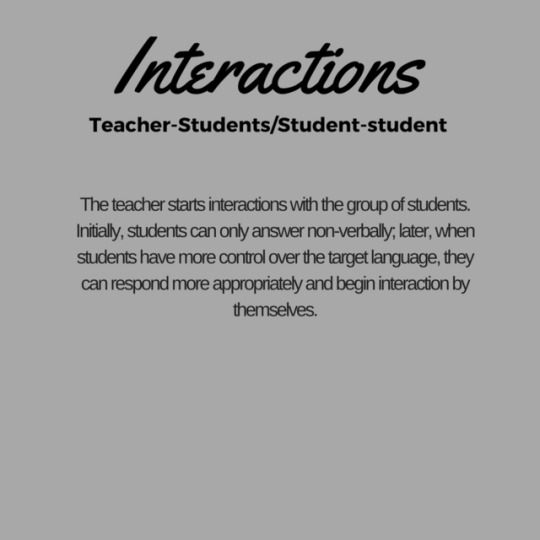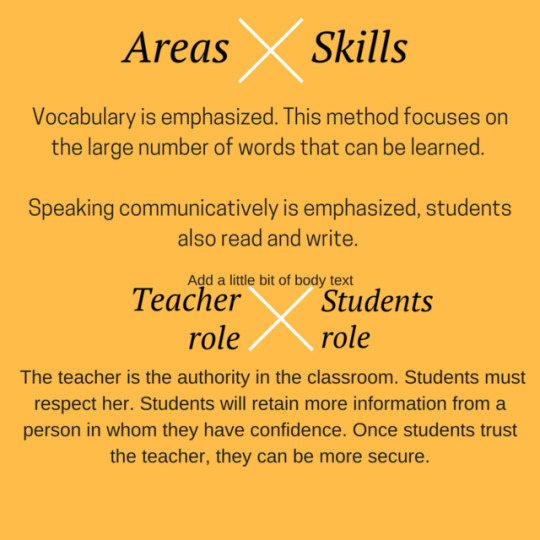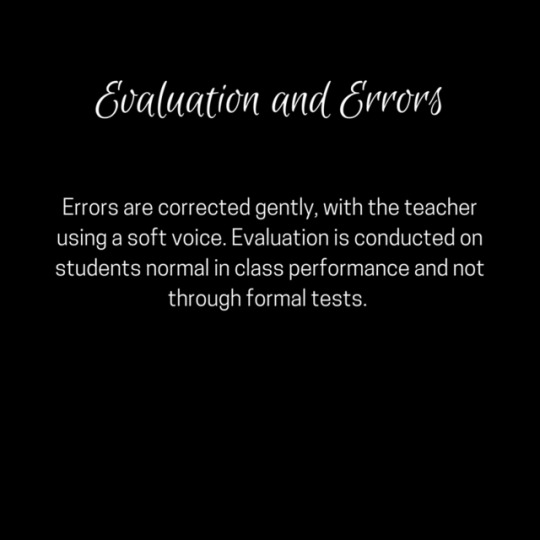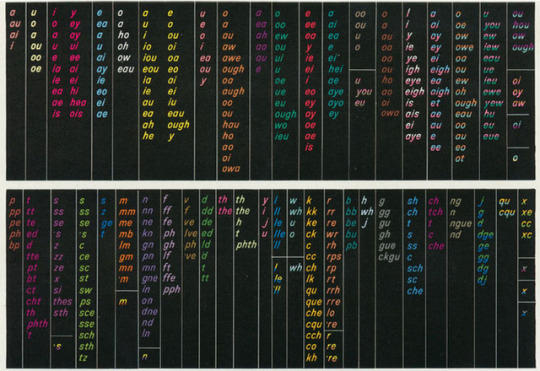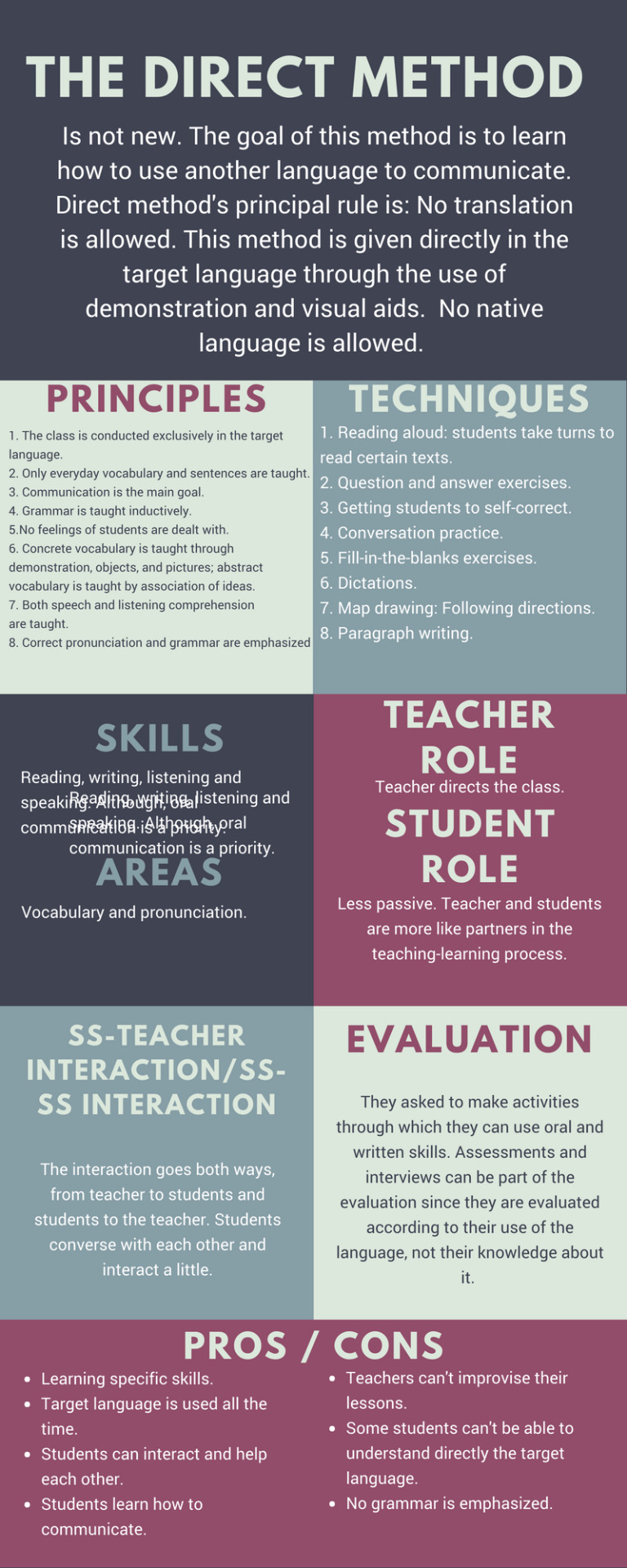Text
Let’s practice colors!
With our parents help, we are going to do this fun task!
1. Watch this color video: https://www.youtube.com/watch?v=H6WKa4dPo7s
Can you tell what’s your favorite color?
Did you see there were two “blue” sausages? Yeah! can you tell the difference between “blue” and “navy”?
2. After answering these questions, find an object which color is your favorite and write down 3 to 5 sentences describing it. For example:
My favorite color is yellow.
*Drawing of a banana*
Bananas are yellow.
Bananas are fruits.
Bananas are delicious.
Bananas are healthy.
Be prepared because we are going to present in class, bring a poster so we can paste it on the wall!
3. To finish this task, watch the next video:
https://www.youtube.com/watch?v=jYAWf8Y91hA
Count how many blue, red, yellow and purple objects you find when the video asks you to. With your parents’ help, write it down.
Bring it all to class so we can discuss it and keep learning about colors.
Bonus point: what colors do you need to make color purple?
0 notes
Text
The Political Dimensions of ELT
English is now considered a step closer to better opportunities. Education and work are surrounded by “English only” policies because it allows you to communicate out of your country and assures people economic advancement. English is a tool that benefits the individual who learns it. Some people say that English can threaten endangered languages, such as the ones spoken by indigenous people. Now, Critical Approaches to pedagogy has to create a more egalitarian society by raising conscious about social injustice. These two are related by the fact that both are tied to social issues as inequity. For example, a person who doesn’t know English is not going to have the same chances as a person who does.
Critical Discourse Analysis is the study of how identity and power relations are constructed in language. This study observes and comments on how language is linked to social practice and the implicit messages conveyed. The order of words is very important when sending a message in English or any other language.
Lingua Franca is English refers to the use of English as a medium of communication between peoples of different languages. Some of these people may commit mistakes when talking but they understand each other and adapt the language according to their needs. ELF has been studied by linguists interested in how its grammar, vocabulary and pronunciation is different from other varieties of English.
There’s no real answer of which English should be taught. UK, US or Kachru English it’s okay in every teaching way. People learn according to the context they are the culture they have been taught. There are little variations between each typo of English but there’s no “correct” or “right” English. At the end, they are followed by the same rules and structures.
Some people say native speakers are better teachers since they already know the correct use of the language and they can model the language accurately. But, non-native speakers also can be teachers. Sometimes they are even better because they can be the example of success in the learning of a different language. Also, non-native know the struggles their students have and the obstacles to learning a new language; knowing this, they can aboard the mistakes and how to surmount them.
The hidden curriculum is what teachers teach that is not in the textbooks, nor the curriculum. While the “formal” curriculum consists of the courses, lessons, and learning activities students participate in, as well as the knowledge and skills educators intentionally teach to students, the hidden curriculum consists of the unspoken or implicit academic, social, and cultural messages that are communicated to students while they are in school. By this hidden curriculum, any cultural values and perspectives can be learned.
0 notes
Text
Technology in ELT
Importance
Technology is always evolving so it’s important to take education to the same level. As teachers, we must innovate and use new tools to satisfy our students' needs. Different kind of generations are emerging and the way to teach them may be different from the one now.
Limitations
Some people may not have access to technology or Internet. Some people may not even have a device where they can work.
Risks
People may copy paste the information or they can use non-trustful websites. There are plenty of websites where we can find information but we don’t know if it’s true. Also, students may stop thinking by themselves and accommodate to technology advantages.
Advantages
Learning is more amusing and entertaining with the tools internet provides. It’s faster and let students use their own creativity to develop the information or tasks needed. Also, a teacher can use much more tools to control their classes and ask for fun tasks.
Advisable use
The use of technological use has to be limited. We mustn’t forget about books and manual tasks. We have to let our students search for tangible information, read and create with their own hands.
0 notes
Text
Content-Based Instruction
The focus of a CBI lesson is on the topic or subject matter. During the lesson, students are focused on learning about something. They learn about this subject using the language they are trying to learn, rather than their native language, as a tool for developing knowledge and so they develop their linguistic ability in the target language. This is thought to be a more natural way of developing language ability and one that corresponds more to the way we originally learn our first language.
Principles
Construct knowledge and develop understandings about a topic and a learning task
Use language meaningfully and purposefully;
Learn about language in the context of learning through language.
Objective
The teacher wants students to master both language and content. Teachers don’t want to delay students’ academic study or language study, so they encourage them to develop both simultaneously.
Techniques
· Dictogloss: Students listen twice to a short talk or a reading on appropriate content.
·Graphic Organizers: Visual displays that help students to organize and remember new information.
·Language Experience Approach: Students take turns dictating a story about their experiences to the teacher who writes it down in the target language. Then, students read it.
· Process Writing
· Dialogue Journals: Students write their journals in class or for homework once a week.
Student role
Is to engage actively with both content and language, using each to learn.
Teacher role
The teacher needs to set clear learning objectives for both content and language. Teacher creates activities to learn both and scaffolds the language needed for the study of the content.
Teacher/student - Student/student
The teacher guides student learning. She supports them by scaffolding language and having them pay attention to everything.
Students often work with each other to understand content while actively using the language they are studying.
Errors
The teacher corrects students’ errors by giving them the correct form; she also allows students to self-correct. She notices errors and recycles content to ensure students are learning the language needed.
Evaluation
Students are evaluated on their knowledge of content and their language ability.
Pros
· It can make learning a language more interesting and motivating.
· Students can also develop a much wider knowledge of the world through CBI which can feedback into improving and supporting their general educational needs.
· Taking information from different sources, re-evaluating and restructuring that information can help students to develop very valuable thinking skills that can then be transferred to other subjects.
· The inclusion of a group work element within the framework given above can also help students to develop their collaborative skills, which can have great social value.
Cons
· Because CBI isn't explicitly focused on language learning, some students may feel confused or may even feel that they aren't improving their language skills.
· Particularly in monolingual classes, the overuse of the students' native language during parts of the lesson, can be a problem. Because the lesson isn't explicitly focused on language practice students find it much easier and quicker to use their mother tongue.
· It can be hard to find information sources and texts that lower levels can understand. Also, the sharing of information in the target language may cause great difficulties.
· Some students may copy directly from the source texts they use to get their information.
0 notes
Text
Total Physical Response
It is based upon the way that children learn their mother tongue. Is a language teaching method built around the coordination of speech and action; it attempts to teach language through physical (motor) activity.
Objectives
The general objectives of Total Physical Response are to teach oral proficiency at a beginning level. Comprehension is a means to an end, and the ultimate aim is to teach basic speaking skills. A TPR course aims to produce learners who are capable of an uninhibited communication that is intelligible to a native speaker. Specific instructional objectives are not elaborated, for these will depend on the particular needs of the learners. Whatever goals are set, however, must be attainable through the use of action-based drills in the imperative form.
Principles:
· Second language learning is parallel to first language learning and should reflect the same naturalistic processes.
· Listening should develop before speaking.
· Children respond physically to spoken language, and adult learners learn better if they do that too.
· Once listening comprehension has been developed, speech develops naturally and effortlessly out of it.
· Adults should use right-brain motor activities, while the left hemisphere watches and learns.
· Delaying speech reduces stress.
Techniques:
· Using commands to Direct Behavior: The commands are given to get students perfom an action.
· Role Reversal: Students command their teacher and classmates to perform an action.
· Action Sequence: Connected commands.
Skills?
Spoken language is emphasized over written.
Areas?
Understanding, vocabulary and grammatical structures.
Teacher role
The teacher is the director of all student behavior. At the point students are ready to speak, there will be a role reversal.
Student role
Students are imitators and at some point, they direct.
Teacher/student - Student/student
The teacher interacts with the whole group (sometimes individually). The interaction is characterized by the teacher speaking and the students responding nonverbally. Then, the students become verbal and the teacher nonverbal.
Errors
Teachers tolerate the mistakes and only correct major errors. When students get more advanced, they will be able to correct minor errors.
Evaluation
Teachers know if students understand be looking at their students’ actions. Formal evaluations can be conducted by commanding individual students to perform a series of actions.
Pros
· It is very memorable. It really helps students to remember phrases or words.
· It is good for kinaesthetic learners who need to be active in the class.
· It can be used in large or small classes.
· It works well with mixed-ability classes.
· It doesn't require a lot of preparation or materials. As long as you are clear what you want to practice (a rehearsal beforehand can help), it won't take a lot of time to get ready.
· It is very effective with teenagers and young learners.
· It involves both left- and right-brained learning.
Cons
· Students who are not used to such things might find it embarrassing.
· The students are in groups and don't have to perform for the whole class.
· It is only really suitable for beginner levels.
· You can't teach everything with it and if used a lot it would become repetitive.
0 notes
Text
The Silent Way
The Silent Way is the name of a method of language teaching devised by Caleb Gattegno. Gattegno's. It is based on the premise that the teacher should be silent as much as possible in the classroom and the learner should be encouraged to produce as much language as possible. It’s tied to three learning principles:
1) Learning is facilitated if the learner discovers or creates rather than remembers and repeats what is to be learned.
2) Learning is facilitated by accompanying (mediating) physical objects.
3) Learning is facilitated by problem-solving involving the material to be learned.
Objectives
The general goal set for language learning is near-native fluency in the target language, and correct pronunciation and mastery of the prosodic elements of the target language are emphasized
An immediate objective is to provide the learner with a basic practical knowledge of the grammar of the language.
The general objective of the Silent Way is to give beginning level students oral and aural facility in basic elements of the target language.
Principles:
· Start with familiar sounds.
· Give help only if absolutely necessary. Allow students to use their own knowledge of language learning.
· Do not model the language for the students.
· Allow students to tap out sounds to show what they have learned.
· Students work on the language, not the teacher.
· Teacher takes a back seat. The more you help- the less they learn. Praise is not helpful.
· Transfer what students know already to new ideas
· Silence is used as a tool. The teacher becomes less necessary to the learning process.
· Errors are important and necessary for learning.
· Progress is more important than perfection.
· Student attention to the teacher is important.
· No homework, as learning continues while we sleep.
Techniques:
· Sound-color chart
· Teacher’s silence: Teacher will only supply a verbal answer as a last resort.
· Peer Correction: Students can help each other.
· Rods: Rods trigger meaning and can be used to provide visible actions and situations.
· Self-correction Gestures
· Word Chart: Students and teacher point on the wall charts in a sequence to form a certain structure.
· Fidel Charts: Students associate the sounds of the language with their spelling.
· Structured feedback: Students are invited to make observations about the day’s lesson at the end of the class. They also can discuss what they have learned and hear things that will help them next class.
Skills?
All four skills are worked. The skills reinforce what students are learning.
Areas?
Vocabulary and pronunciation.
Teacher role
· Technician.
· Reinforce awareness.
· Respects the autonomy of the students.
Student role
· “Only learners can do the learning”
· Make use of what they know.
· Engage actively in exploring the language.
Teacher/student - Student/student
In the teacher-student interaction, the teacher is silent and helps students by non-verbal gestures.
Students can interact with each other.
Errors
Students self-correct and get help from their peers. The teacher can only interrupt if it’s really necessary.
Evaluation
· No tests are given. The class should accommodate according to the student’s needs. Teacher doesn’t look for perfection; he/she looks for progress.
Cons
· Students can interact with each other.
· Students correct the errors themselves.
· Teachers are free to observe their students carefully and be able to know their needs.
Pros
· Teacher must know their teaching objectives clearly.
·�� Students may be confused with the symbols from the charts.
· Students waste too much time struggling with a concept.
· Misses cultural input.
· Student could learn more from the teacher’s model.
0 notes
Text
Grammar-Translation Method
At first, this method was called “Classical Method” since it was the first one to teach classical languages, Latin and Greek. The aim of this method is to help students to read and write in the target language.
Objectives
Memorize verb forms, grammar rules, and vocabulary
Ability to read and speak.
Translating from L1 to L2 and from L2 to L1.
Reading and writing skills.
Provide students with good mental exercise.
Principles:
To be able to read and write in the target language. Students need to learn grammar rules and vocabulary.
The teacher is the authority.
Use students native language to translate from one language to another.
Students learn grammar deductively.
Students memorize vocabulary and grammar rules.
Little student-student interaction,
Literary language is superior to spoken language.
Techniques:
Translation of a literary passage: Students translate a passage from the target language to native. It may be written or spoken.
Reading comprehension questions: Students answer questions related to the passage. Questions are sequenced and then, they use critical thinking and opinion.
Antonyms/synonyms: Students are given a set of words to find their synonyms or antonyms.
Cognates: Students are taught spelling or sound patterns to recognize cognates.
Deductive application of rules: Grammar rules are presented with examples and exceptions are also notified, students apply these rules with different examples.
Fill in the blanks: Students are given a set of sentences with missing words to fill out.
Memorization: Students are given lists of vocabulary with their native language meaning so they memorize them.
Use words in sentences: Students make sentences using new words.
Composition: Students are given a topic to write about in the target language. The topic is related to the vocabulary that is being learned.
Skills?
Reading and writing.
Areas?
Vocabulary and grammar.
Teacher role
Traditional instructor
Authority
The teacher explains, translates, conducts practice and corrects mistakes.
Student role
Do as the teacher says.
Memorizes.
Studies and translates.
Teacher/student - Student/student
Most of the interaction in the classroom is from the teacher to the students. There’s little student-student interaction.
Errors
Students get the correct answers from the teacher.
Evaluation
Written tests.
Translation.
Questions about the application of grammar.
Questions about the target culture.
Cons
Language is seen as a collection of words which are isolated and independent.
It can lead to boredom and frustration.
It doesn’t master the four skills (listening, speaking, reading and writing)
Little teaching is done in the target language.
Pros
Useful for not large students classes.
Functional for students of various levels.
Helps students to know the clear meaning of words and sentences.
Students understand easily with this method.
.
0 notes

